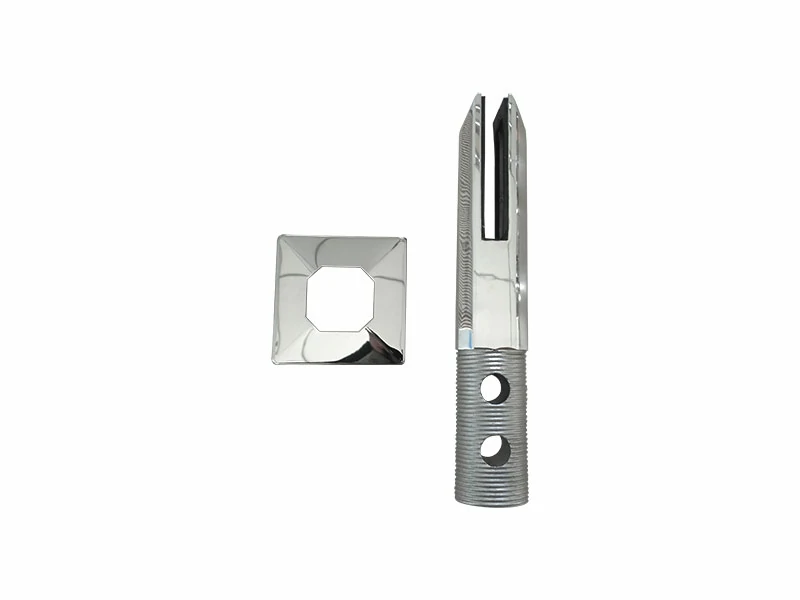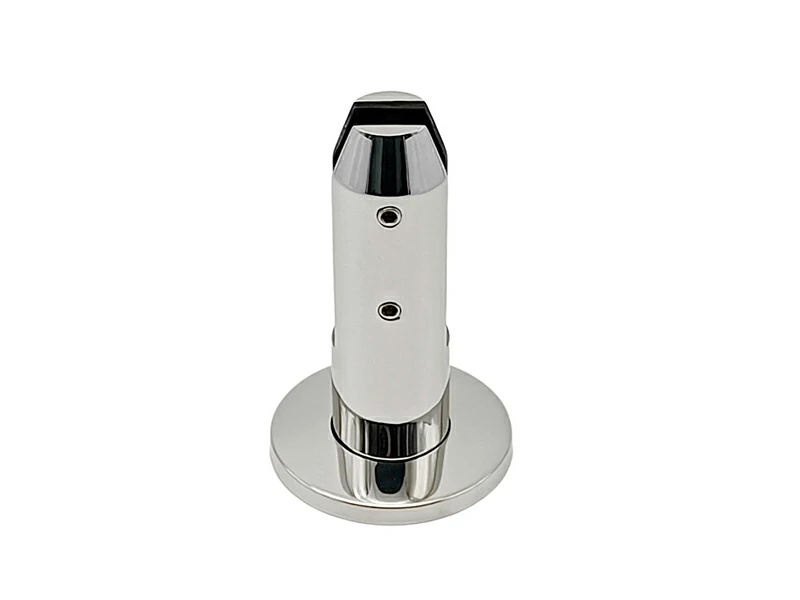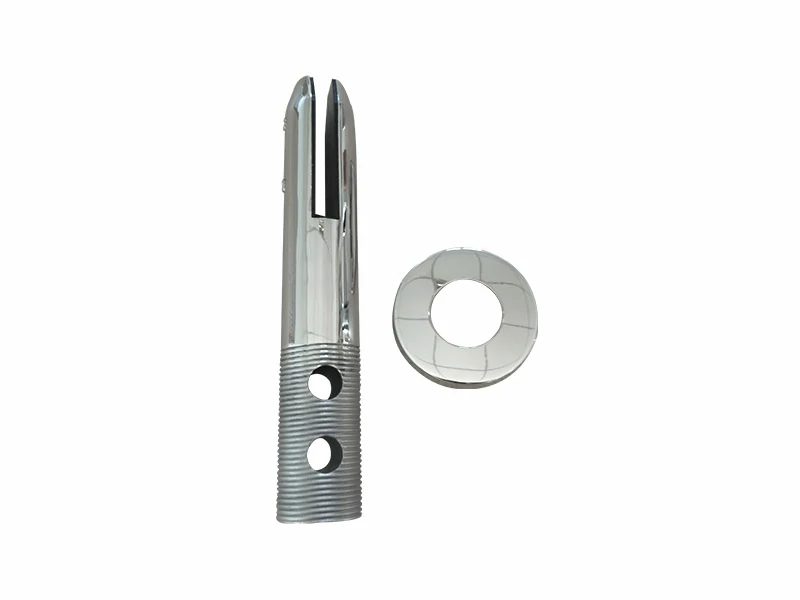When it comes to handrail fittings made of stainless steel, the grade of stainless steel used is an important consideration due to its impact on the fittings' performance, durability, and corrosion resistance. The most commonly used stainless steel grade for railing fittings are 304 and 316. Here are some common SS grades used for handrail fittings:
1. 304 Stainless Steel
This is one of the most commonly used stainless steel grades for handrail fittings. It is known for its excellent corrosion resistance, good formability, and versatility. 304 stainless steel is suitable for indoor applications and areas where the fittings are not exposed to harsh environments.
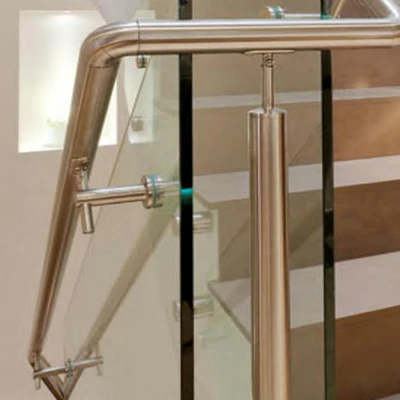
2. 316 Stainless Steel
Grade 316 stainless steel is often preferred for railing fittings in outdoor or marine environments where there is exposure to moisture, salt, or chemicals. It is also more expensive than 304 stainless steel. It contains molybdenum and nickel, which enhances its resistance to pitting and crevice corrosion caused by chloride exposure. It offers superior corrosion resistance, especially against chlorides, making it ideal for coastal areas or poolside applications.
3. 316L Stainless Steel
Similar to 316 stainless steel, 316L is a low-carbon version of grade 316. It provides the same corrosion resistance as 316 stainless steel but with improved weldability. 316L stainless steel is commonly used in handrail fittings where welding is required.
4. 2205 Duplex Stainless Steel
This grade offers a higher strength and corrosion resistance compared to 300 series stainless steels. Duplex stainless steel is suitable for more demanding applications where increased strength and resistance to stress corrosion cracking are required.
5. Marine Grade Stainless Steel
Some handrail fittings may be specified as "marine grade," indicating that they are designed to withstand harsh marine environments. These fittings are typically made from high-quality stainless steel, such as 316 stainless steel, to ensure long-term durability in marine settings.
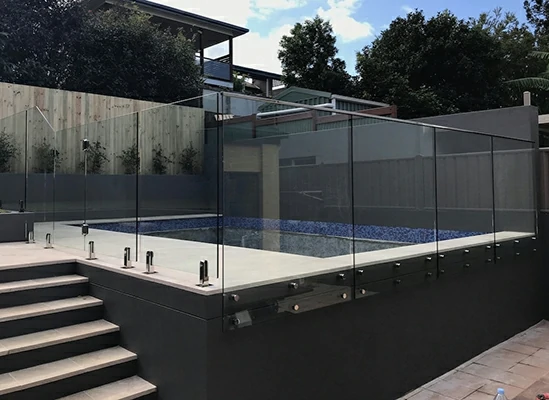
When selecting stainless steel handrail fittings, it's essential to consider the specific requirements of the application, such as the environment in which the fittings will be installed, the level of exposure to corrosive elements, applications, the total budge, and the desired aesthetic appeal. Choosing the right stainless steel grade ensures that the handrail fittings will perform well, maintain their appearance, and provide long-lasting functionality in various settings.
